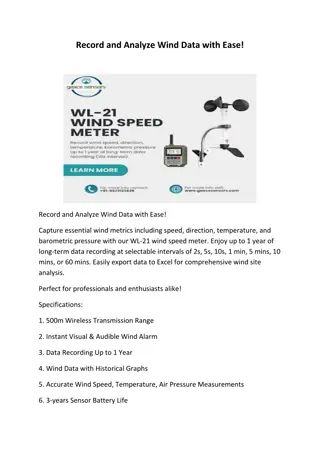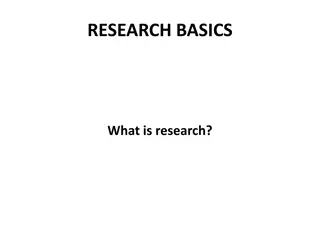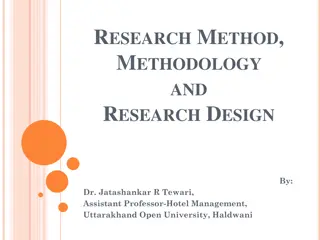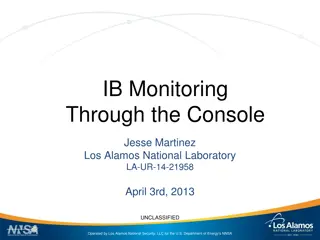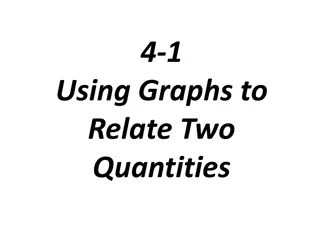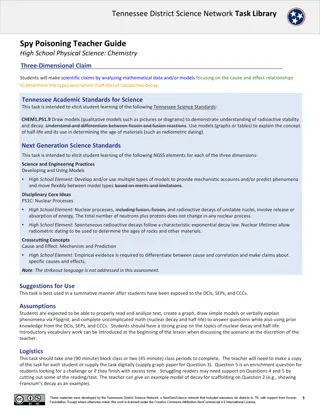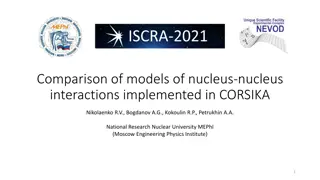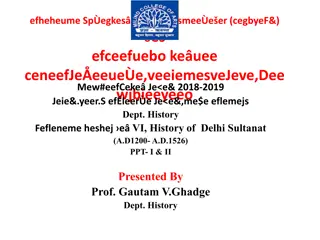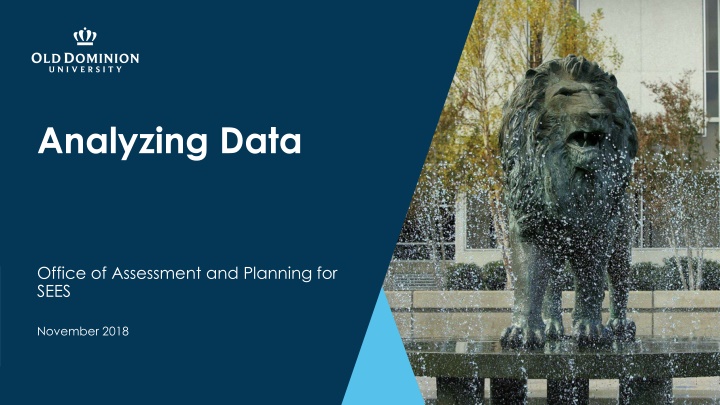
Data Assessment and Analysis for Student Improvement
Learn the crucial steps in data assessment and analysis to enhance student learning outcomes. Discover the significance of data integrity, understanding objectives, and types of collected data for effective decision-making.
Download Presentation

Please find below an Image/Link to download the presentation.
The content on the website is provided AS IS for your information and personal use only. It may not be sold, licensed, or shared on other websites without obtaining consent from the author. If you encounter any issues during the download, it is possible that the publisher has removed the file from their server.
You are allowed to download the files provided on this website for personal or commercial use, subject to the condition that they are used lawfully. All files are the property of their respective owners.
The content on the website is provided AS IS for your information and personal use only. It may not be sold, licensed, or shared on other websites without obtaining consent from the author.
E N D
Presentation Transcript
Analyzing Data Office of Assessment and Planning for SEES November 2018
I Have Data. Now what? The next step in the process of data assessment is to analyze. It s time to manipulate your data and find out what improvements to student learning can be made. 2
Before You Do AnythingSCRUB! What is data integrity? Maintaining the accuracy, trustworthiness, and consistency of data over its entire life cycle. SCRUB! Find, change, or remove any data that is incorrect, duplicated, incomplete, or redundant. Look for typos, missing data, and inconsistencies Remember, your computer is not a human. It can only analyze the information you give it, so protect your data s integrity by reviewing it thoroughly. Why is it important? You use data to make decisions. Ensuring your data are accurate allows you to make an informed decision. 3
Remember Your Objectives When analyzing data, it is important to keep in mind your original research question or objective. Data analysis is the most labor intensive part of the entire assessment process Ensure the software or method that you plan to use to analyze your data is appropriate. 4
What Kind of Data Have You Collected? Categorical If you can collect data that are continuous in nature, do it! Example: AGE Data that can be classified or categorized (e.g. on/off campus, gender, program major, ethnicity) What is your age? _______ What is your age? 18-20 21-23 24-26 Continuous Data that have numeric value and can be measured (GPA, credit hours, age) Categorizing a continuous variable results in loss of data!!!! 6
What Is Your Research Question? Are you measuring group differences, competency, change/growth or relationships? Group Differences: Do students who are involved on campus have higher GPAs than those who are not involved on campus? Competency: What percentage of students who are involved on campus have higher GPAs than students not involved on campus? Change/Growth: Once a student becomes involved on campus, does their GPA increase or decrease? Relationships: Is there any correlation between campus involvement and GPA? Your question will determine your method of analysis 7
Types of Analyses Descriptive Statistics Descriptive statistics give you basic information about your data. Descriptives can be measures of central tendency (mean, median, mode, range) or measures of variability (standard deviation) Example: There are 50 apples, 15 green, 20 red and 15 yellow; 30% green, 40% red and 30% yellow 8
Types of Analyses Inferential Statistics Inferential statistics (e.g. probability, variance, and regression) help you make assumptions beyond the immediate data. That is, they help you to be able to generalize to the overall population. Inferential statistics allow you to take pieces of your data and use them to make assumptions about the entire set of data Example: There are 500 apple trees, but you only look at 100. On those 5 trees, there are an average of 200 apples; ~40 green, ~60 red and ~100 yellow. If the sample is large enough and representative of the population, we can assume the rest of the trees look similar. 9
Analysis Methods CAN be used to generalize to an entire population. Compares the averages of two samples/populations. Are the average scores of Group A and Group B statistically significantly different? T-Test Inferential CAN be used to generalize to an entire population. Compares the averages of MORE than two samples/populations. Are the average scores of Group A, Group B, and Groups C statistically significantly different? ANOVA Used to describe the basics. Provides simple summaries about sample and measures. Example: "After becoming involved on campus 42% of the students' GPAs improved." CAN NOT be used to generalize to an entire population. Descriptives 10
References Biola University. (2018). Learning assessment for student success and program effectiveness. Retrieved from https://www.biola.edu/learning-assessment/the- building-blocks George Washington University. (2018). The assessment cycle. Retrieved from https://assessment.gwu.edu/assessment-cycle James Madison University. (2018). Data collection & analysis. Retrieved from https://www.jmu.edu/assessment/sass/step%205- 6%20Data%20Collection%20and%20Analysis.shtml Statistics Solutions. (2013). ANOVA [WWW Document]. Retrieved from http://www.statisticssolutions.com/academic-solutions/resources/directory-of- statistical-analyses/anova/ Statwing. (2018). Statistical significance (t-test). Retrieved from http://docs.statwing.com/examples-and-definitions/t-test/statistical- significance/ Trochim, W.M.K. (2006). Descriptive statistics. Retrieved from https://www.socialresearchmethods.net/kb/statdesc.htm 11



